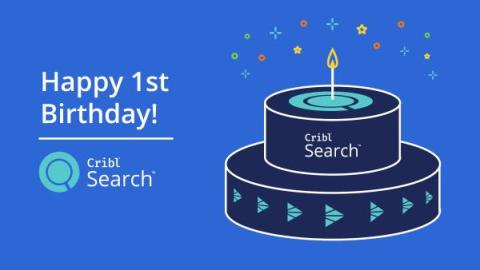Searching the Google Workspace API using Cribl Search
Google Workspace is a robust set of productivity applications with billions of users and millions of paying organizations. These include small mom-and-pop shops and the largest enterprises. Google provides the Google Reports API, “a RESTful API you can use to access information about the Google Workspace activities of your users.” This data is critical for establishing a solid security posture.










